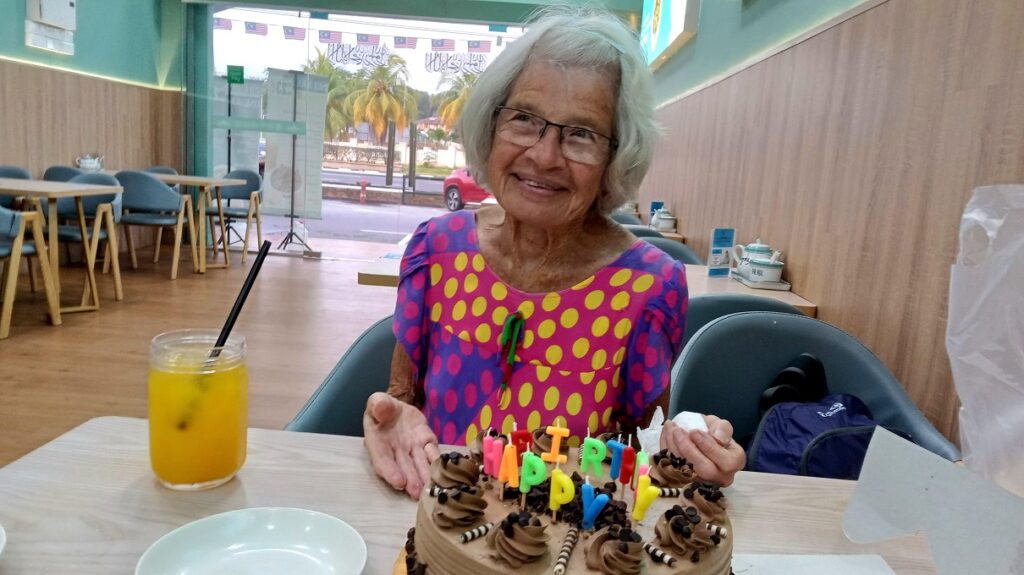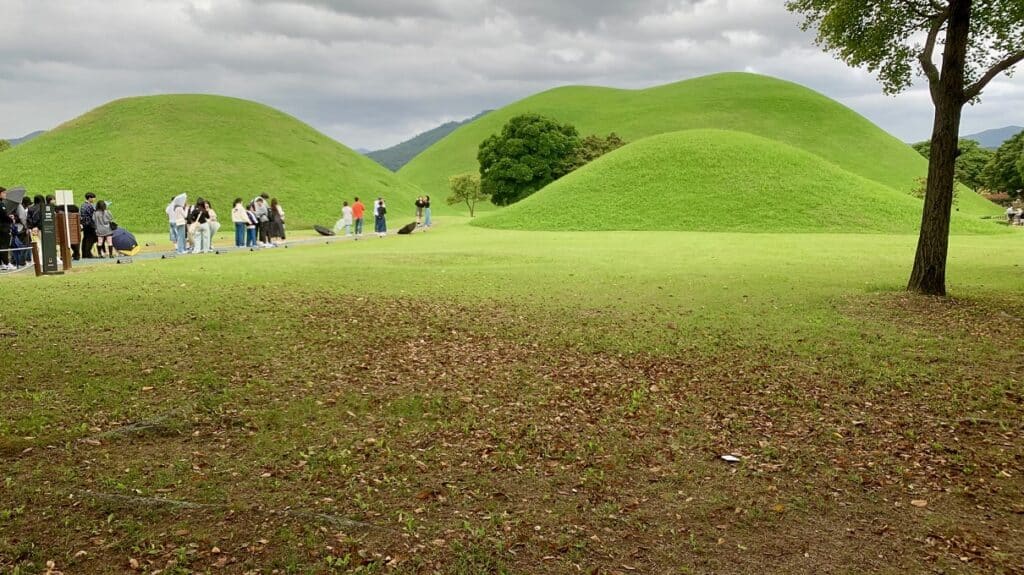Gyeongju is an ancient land of kings and Buddhas in the southeastern section of the Republic of Korea. And it’s a great budget slow travel stop for anyone interested in humanity’s history in this part of the world.
Gyeongju for budget slow travelers
Gyeonju is a small city surrounded by mountains with odd mound formations. Theo called these strange sites ‘gumdrops.’
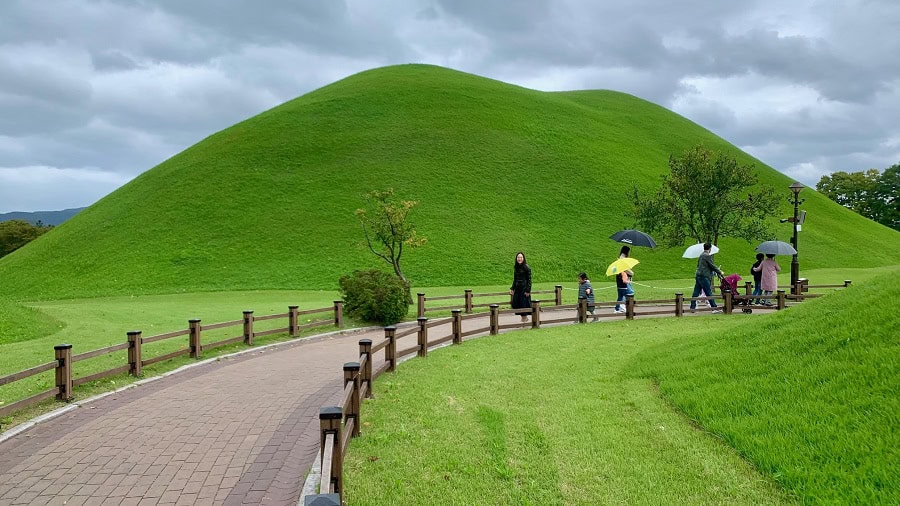
During the Japanese occupation in the early 20th century, a road project in Gyeongju revealed remnants of a tomb, which turned out to be only one of hundreds. These above-ground mounds of stone and earth and clay were from the Silla Kingdom dating back from about 57 BC to 900 AD.
Gyeongju tombs
Today tourists can see how the mounds were constructed. The coffin was lowered into a hole lined with small boulders, and then more stones and clay were packed on top. Each tomb took one to three years to complete with thousands of workers.
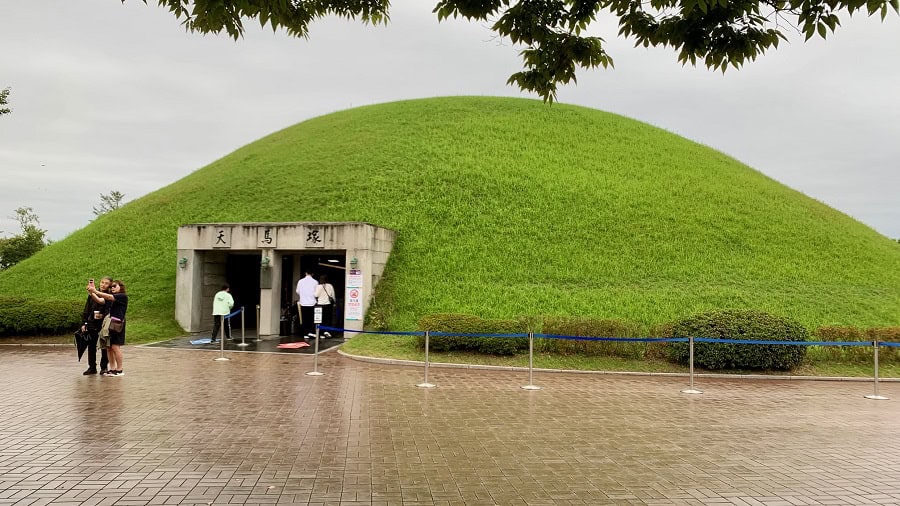
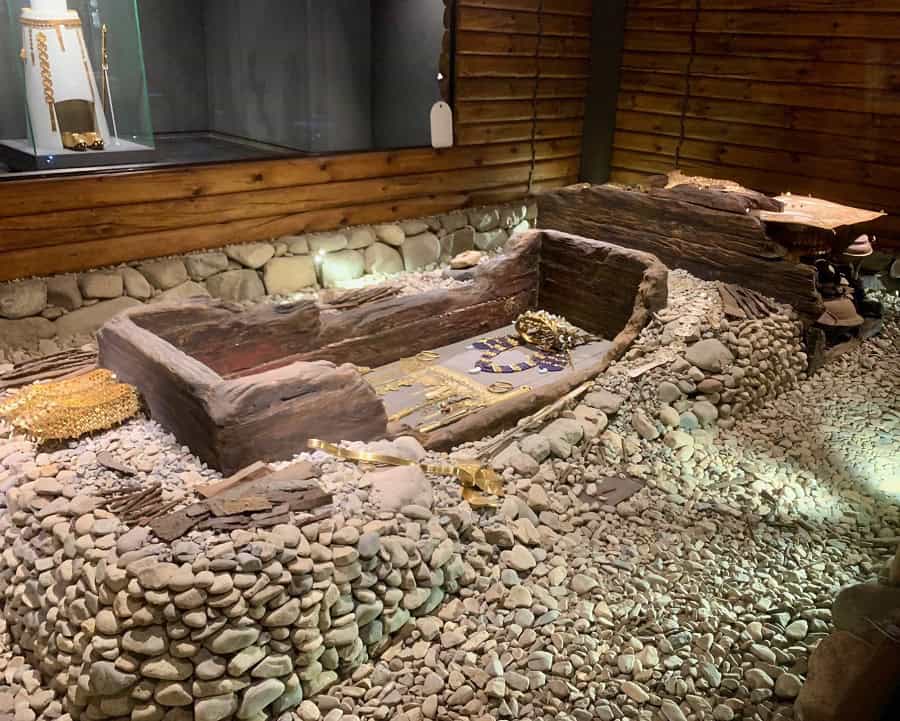
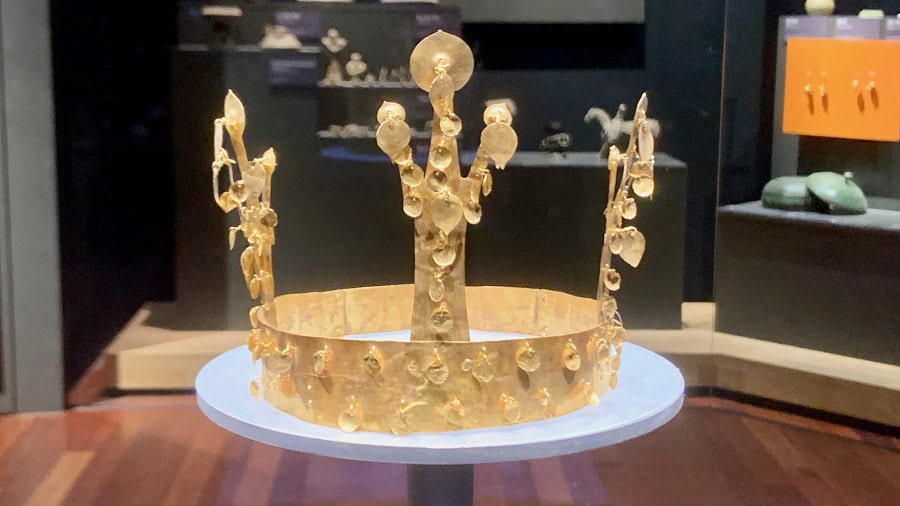
Inside the tombs — innumerable treasures, including elaborate gold crowns.
Not all tombs have been excavated. Two tombs are open to visitors. One was the original tomb carved into by the Japanese for that road project. Half of it is missing. The other open tomb displays information about some of the treasures found inside.
Most of the treasures are kept in the in the Gyeongju Museum, which is a must visit. Museum entry is free.
Gyeonju park grounds
There are many connecting parks with these tomb mounds. There are also gardens and Instagram photo spots. And there is the oldest astronomical observatory in Asia — and possibly the world. It’s named Cheomseongdae, meaning “star gazing tower.”
Queen Seondeok of the Silla Kingdom had the viewing tower built 1,300 years ago. She was intuitive, kind, and wanted to enrich lives with knowledge. She also wanted to predict the fate of her kingdom through astrology, so the observatory served astronomical and astrological purposes.
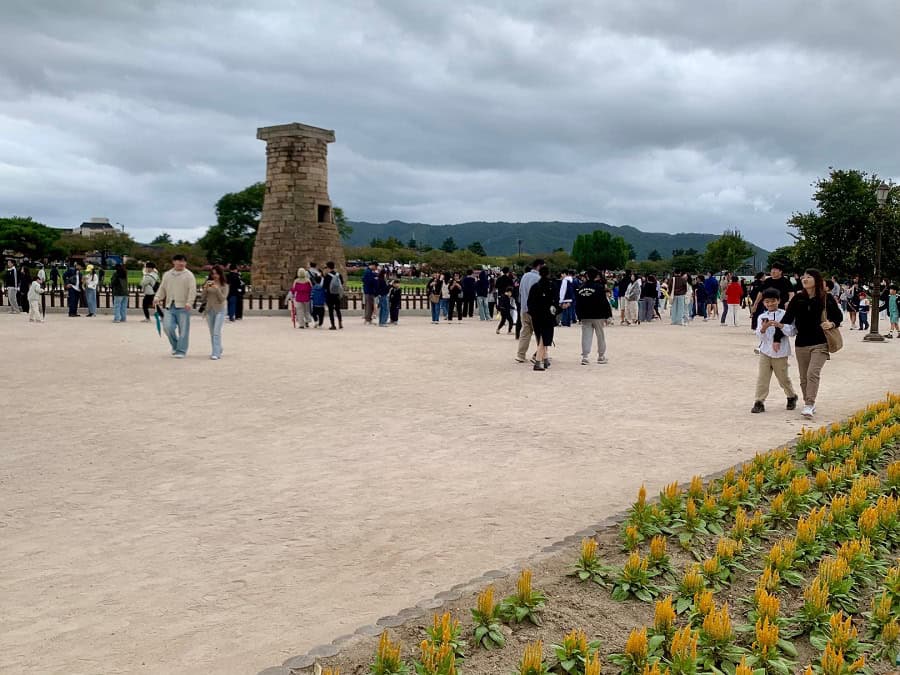
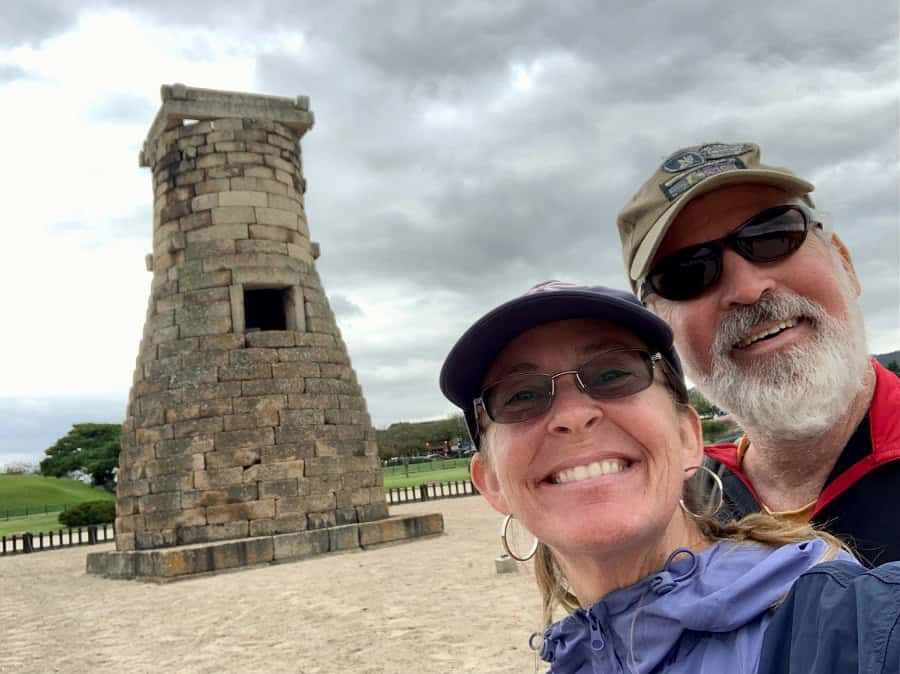
There’s all sorts of symbolism with the numbers and positions of stones translating into months and days of the year. People got to stone benches on top (not pictured) by a ladder inside the window. Below that window, it’s filled with stone and earth.
Today it’s monitored every hour through sensors because it’s slightly leaning to the northeast.
Gobekli Tepe in Turkïye could possibly be the oldest astronomical observatory. However, that site is a staggering 12,000 years old, and time has shifted markers so archaeologists aren’t certain of its purpose.
Gyeongju park entries are free, and it cost less than $2 per person to enter the two tombs that are open to visitors.
Namsan Mountain
If you like easy nature walks with manageable elevation gain with lots of cool things to see along the way, you’ll love Namsan Mountain. It’s really like an open-air museum.
There are vistas, Buddhist statues, reliefs, and carvings from the Silla Kingdom, and some hermitages and temples all along many trails. The Buddhist art dates back some 1,500 years.
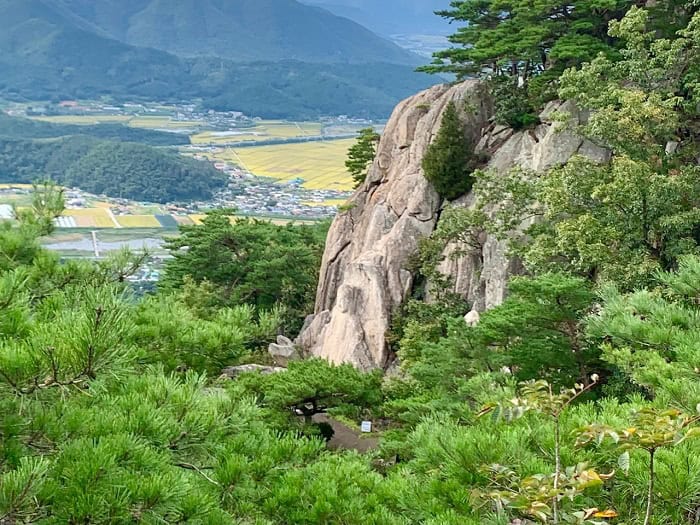
The goal was the same then as today for those who follow Buddhism: release worldly desires to end personal suffering to reach nirvana, bliss, self realization, enlightenment…
This art is idealized. It represents life as people want it to be, without craving or aversion for those worldly desires.
The first Buddha taught the way to break the cycle is to accept how things really are — not as you want them to be.
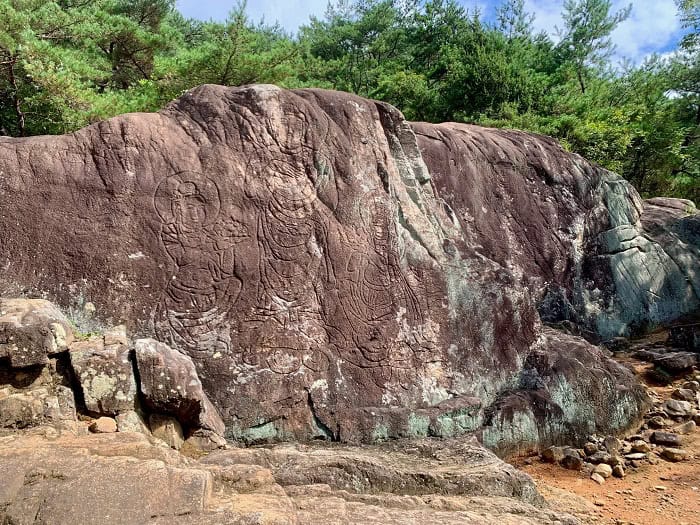
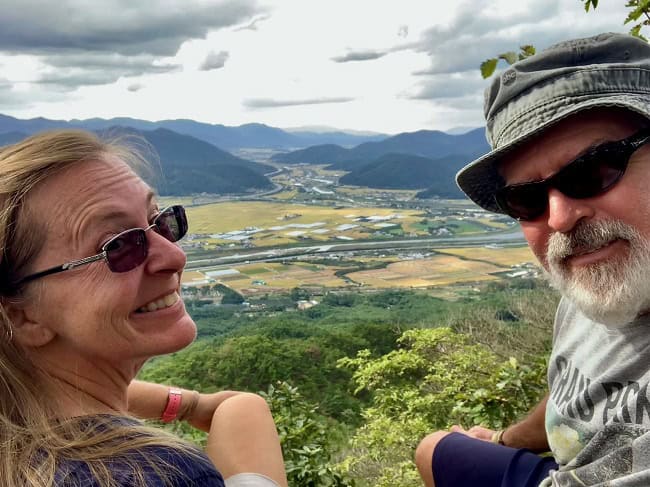
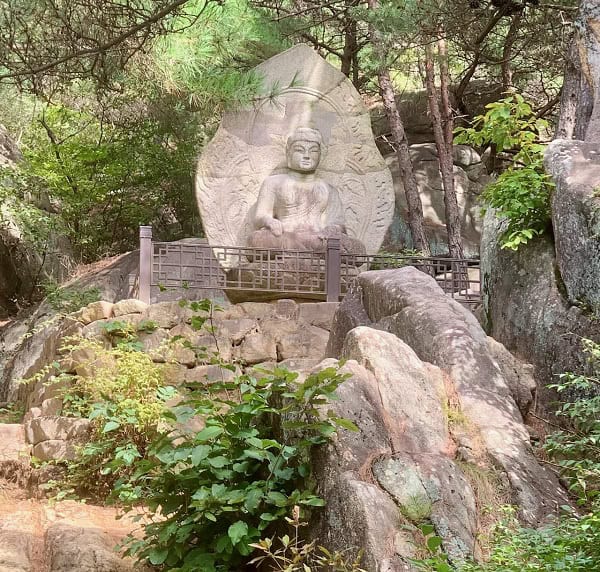
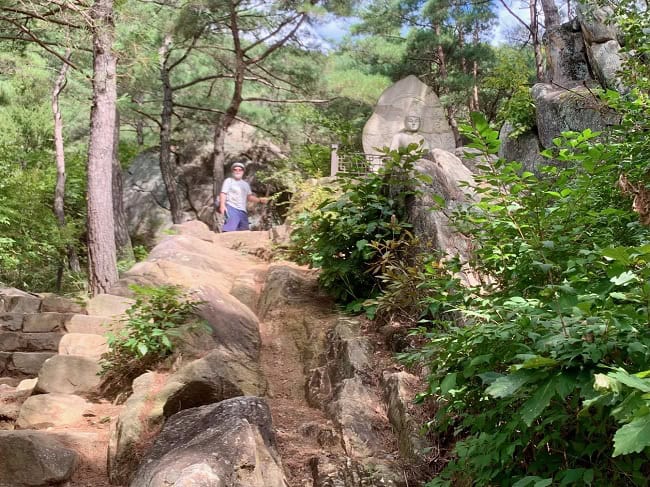
There are several trails and entry points. The easiest routes seemed to begin at the large parking lots you along the mountain base on Google maps. The 500 bus line and some others will take you down the road to the trails from the center of town for $1.25.
Just for fun, we dressed up as Korean royalty at the Gyeongju National Park Visitor Center, something we normally don’t do, but it was free and the attendants were happy to practice English with us foreigners.
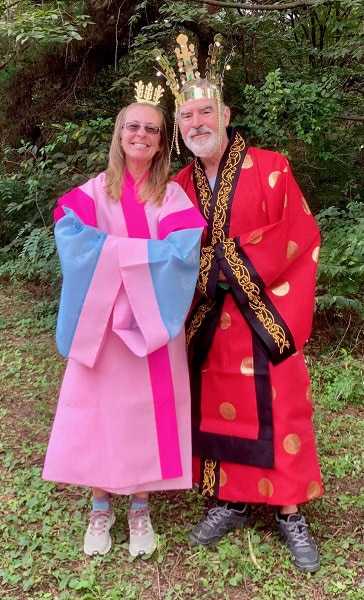
Our Gyeongju Airbnb
We stayed at a lovely Airbnb at the property of an incredibly kind family. It was sparsely furnished by Western standards, but it was definitely an authentic stay, and I personally was comfortable and especially enjoyed the rooftop terrace. You can read the ad for yourself.
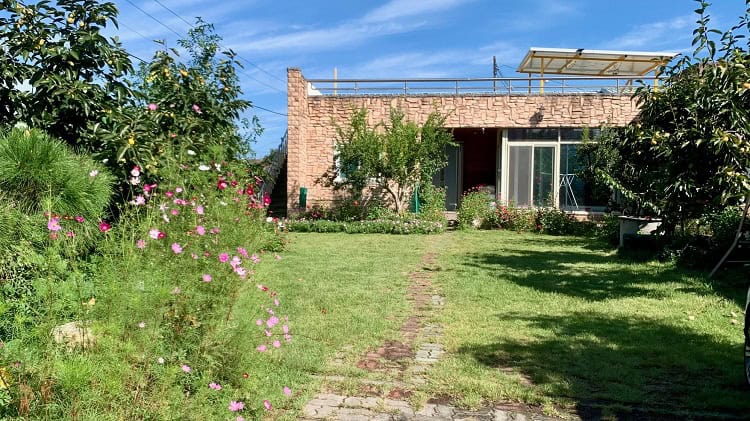
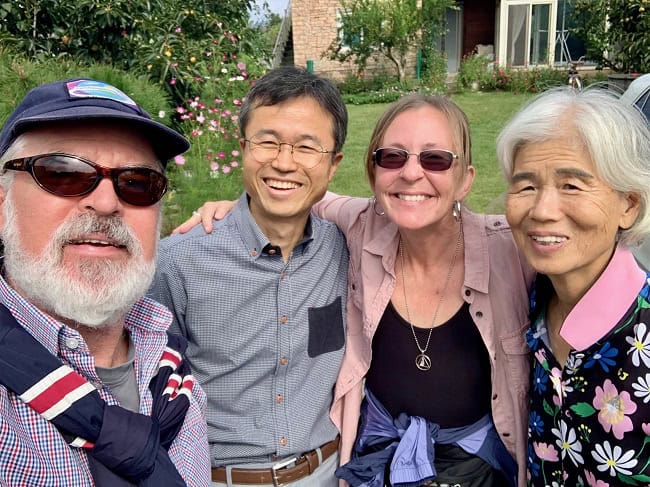
We spent a week in Gyeongju and I felt that was about right. We weren’t rushed and had plenty of time to explore. If you aren’t into hiking, and you’re “fast traveling”, you certainly could see most- if not all- of the tourist areas in two days.
To get to Gyeongju, we took a bus from the northern terminal in Busan. It was only 90 kilometers north to Gyeonju. Tickets cost $11.55 for two people.
Yandong Village side trip
During our Gyeongju stay, we also visited a UNESCO World Heritage site called Yangdong Village. Our Airbnb host took us.
Yangdong is one of two historic clan villages in the Republic of Korea. It was important to the Confucian culture of the early part of the Joseon Dynasty (1392-1910).
The village has “outstanding ensembles of buildings” and is an “exceptional reflection of the social and cultural systems” of the time.
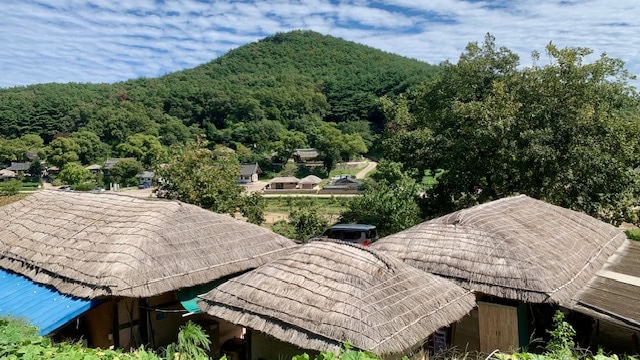
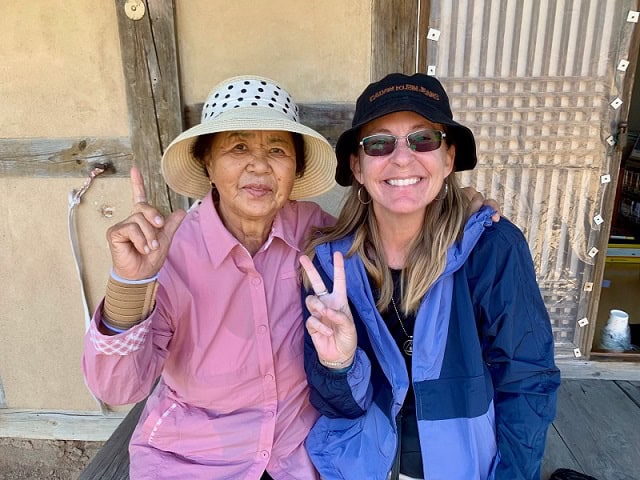
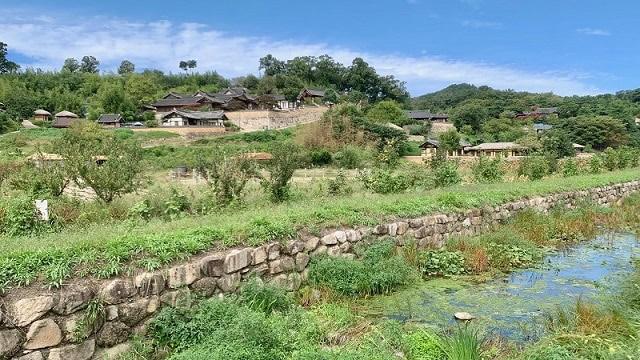
Yangdong Village is one of two Heritage sites in that region — and a week later, we were living in the other one! Stay tuned for part two.
Thanks for reading, “Gyeonju – Land of kings & Buddhas for budget slow travelers.”
About Ellen
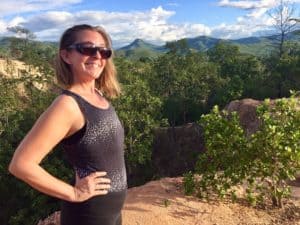
Ellen and spouse Tedly started a budget slow travel lifestyle in 2015. She was diagnosed with early-stage breast cancer while traveling in Europe in 2018 through an annual mammogram. She had a double mastectomy in Croatia, recovered from surgery, and kept traveling.
As a recovered alcoholic, Ellen seeks out spiritual growth opportunities in a variety of ways during her travel life, including service work, volunteering, and the occasional silent meditation retreat.
See what it costs to retire early and travel the world!
Check out our popular monthly budget breakdowns.
Recent posts:
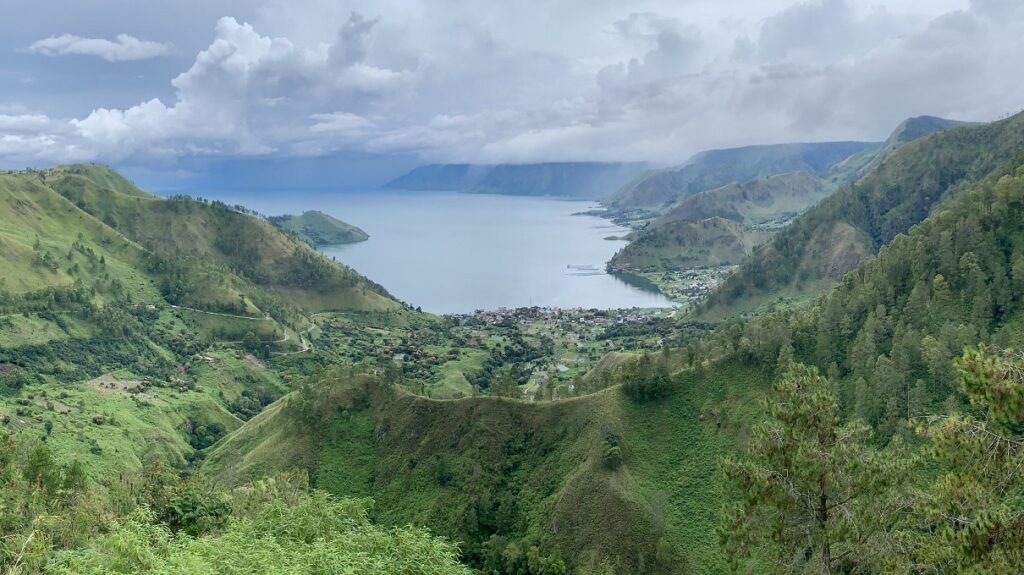
Escape from reality: 5 Breathtaking views on a budget in Sumatra
Ellen
Extraordinary two-day orangutan trek in Sumatra
Ellen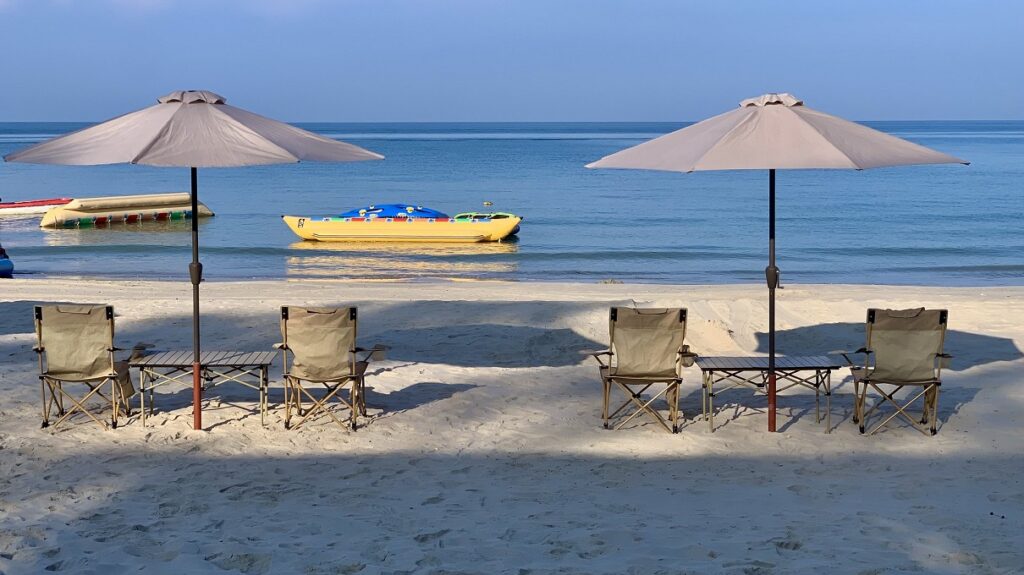
Port Dickson is quiet and peaceful for budget slow travelers
Ellen